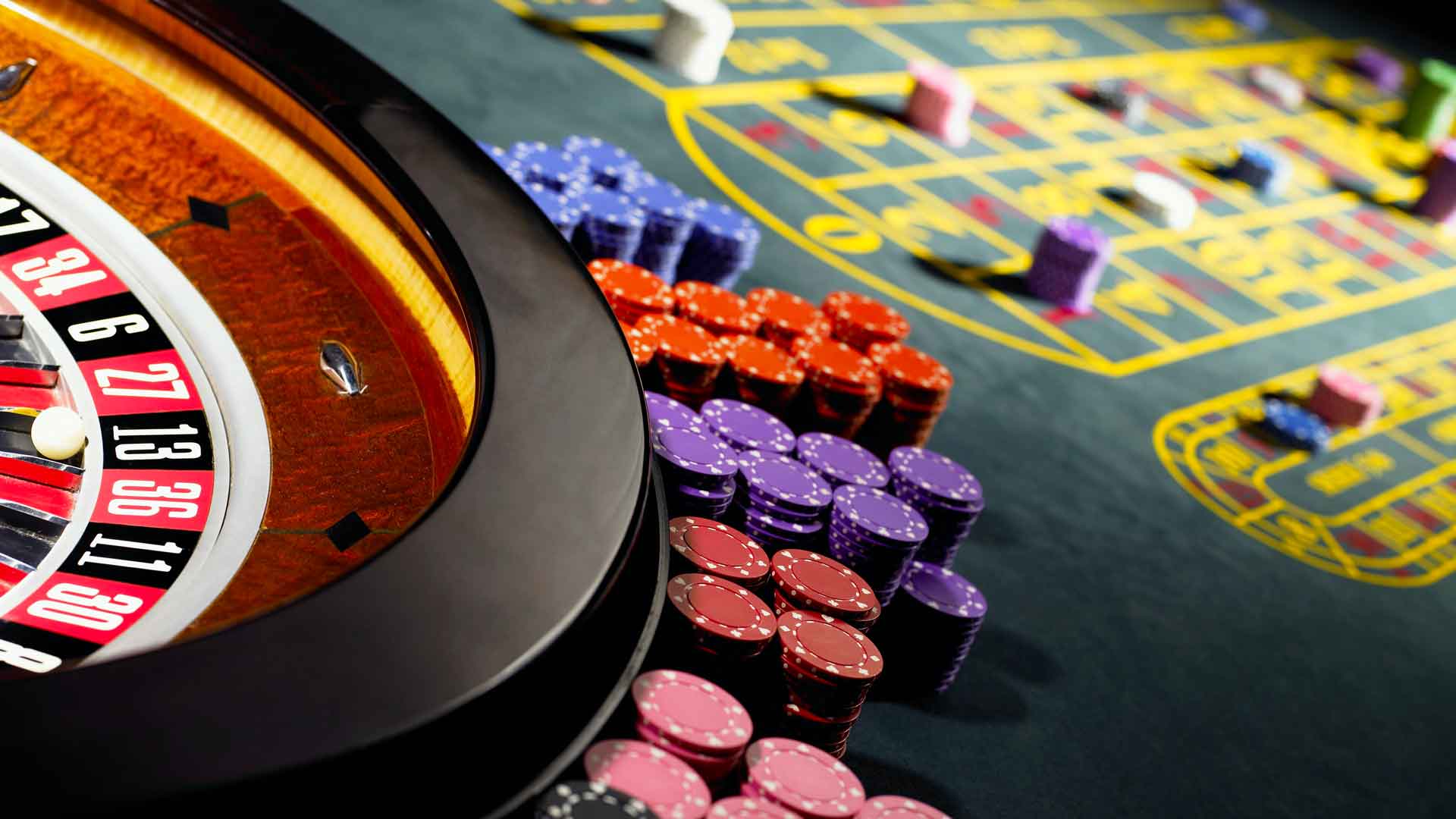Sound Effects That Trigger Players
```htmlSound Effects That Trigger Players: Decoding the Power of Audio in Gaming
Sound effects are the unsung heroes of the gaming world. While graphics and gameplay often steal the spotlight, it's the carefully crafted audio cues that truly immerse players, evoke emotions, and shape their experience. From the subtle rustle of leaves to the explosive impact of a grenade, these auditory elements are far more than just background noise. They're vital components that trigger players' senses, influencing their actions and solidifying their connection with the game.
This article delves into the psychology behind sound effects, exploring how developers leverage them to create memorable and engaging gaming experiences. We'll examine specific sound effects that are particularly effective at triggering players, examining the reasons behind their impact and the strategies used in their implementation.
The Psychology of Sound in Gaming
Our brains are wired to respond to sound. It's a primal sense, constantly scanning the environment for threats and opportunities. This inherent sensitivity makes sound effects incredibly powerful tools for game developers. They can be used to:
- Create Immersion: Realistic soundscapes pull players into the game world, blurring the lines between reality and virtuality.
- Convey Information: Audio cues provide essential information about the game state, such as enemy proximity, health levels, or successful actions.
- Evoke Emotions: Sound effects can manipulate players' feelings, from suspense and fear to joy and excitement.
- Guide Player Actions: Specific sounds can prompt players to react in certain ways, influencing their decisions and strategies.
Sound Effects That Pack a Punch: The Triggering Sounds
Certain sound effects are particularly effective at triggering players, prompting immediate reactions or shaping their expectations. Here are some key examples:
1. The Hit Marker / Critical Hit: The iconic "pling" or "thud" that accompanies a successful hit in many action games is designed for instant gratification. It reinforces the player's action, providing a sense of accomplishment and encouraging them to continue their assault. The sound is short, sharp, and immediately recognizable, creating a direct link between action and reward.
2. The Warning Siren / Enemy Alert: A rising siren or a distinct enemy alert sound immediately signals danger. This triggers the player's fight-or-flight response, prompting them to take cover, prepare for battle, or assess the threat. The use of these sounds varies across genres, but the effect on the player is usually the same: heightened awareness and a sense of urgency.
3. Footsteps and Environmental Noises: The subtle sounds of footsteps, creaking doors, and rustling leaves can create immense tension and suspense, especially in horror games. These sounds feed into the player's subconscious, heightening their senses and making them feel constantly aware of their surroundings. The strategic placement and timing of these sounds are crucial for building a sense of unease.
4. Loot Cues / Treasure Chimes: The delightful "bling" or "ding" that announces the discovery of loot is a powerful motivator. These sounds trigger the reward centers in the brain, reinforcing the player's desire to explore and complete objectives. These sounds are often designed to be distinct and memorable, creating a positive association with valuable items and progress.
5. Voice Acting and Character Communication: The voice lines of characters, whether it's a battle cry, a warning, or a taunt, are essential for conveying information and adding personality. These sounds connect the player with the game world, allowing them to develop an emotional investment in the story and characters. Furthermore, sound effects related to gameplay, such as an explosion, can add to the impact of the game. You can use the gaming site m m88 slot to explore more types of sound effects.
The Importance of Sound Design Quality
The effectiveness of sound effects hinges on their quality and implementation. Developers must carefully consider:
- Sound Fidelity: High-quality audio recordings and sound design are essential for creating an immersive experience.
- Contextual Relevance: Sound effects must align with the game's visuals and gameplay, ensuring a cohesive and believable environment.
- Volume and Balance: The volume and balance of sound effects are critical, ensuring that important cues are easily heard without overwhelming the player.
- Spatial Audio: Utilizing spatial audio techniques, such as 3D sound, can enhance the player's sense of presence and immersion.
Conclusion
Sound effects are a crucial element of game design, capable of dramatically impacting the player's experience. By understanding the psychology of sound and strategically implementing audio cues, developers can create games that are not only visually stunning but also deeply engaging and emotionally resonant. From the satisfying "thwack" of a sword strike to the chilling whisper of a ghost, the sounds of a game have the power to trigger players, shaping their actions, and leaving a lasting impression.
```tag: M88,



